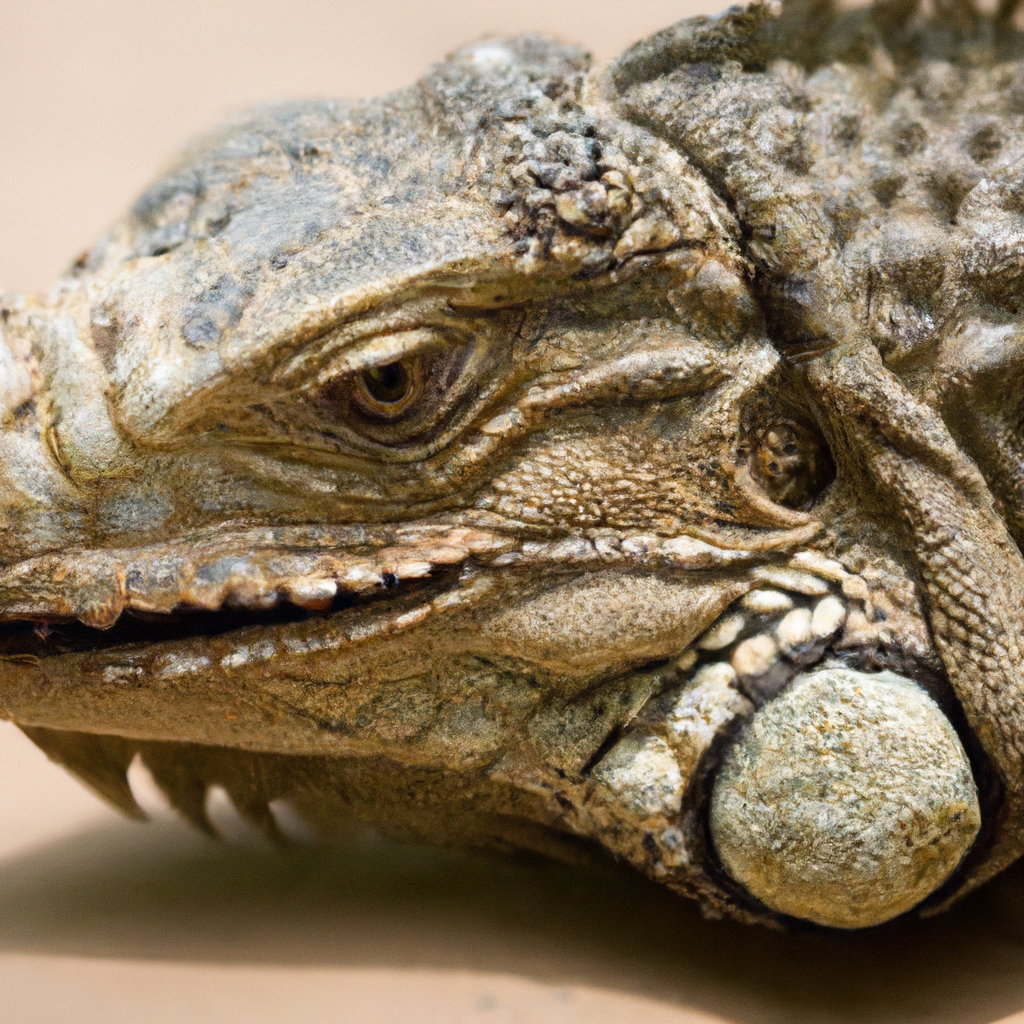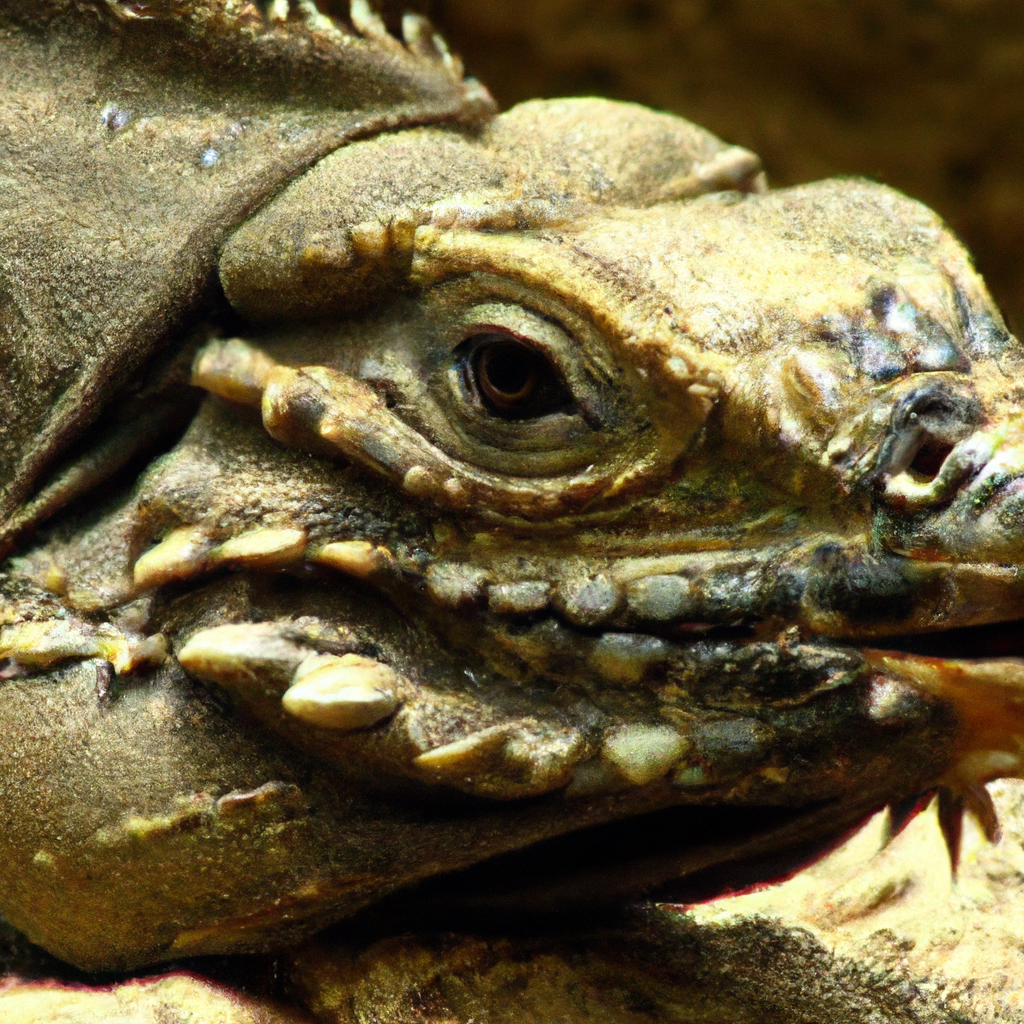Imagine stepping into the mesmerizing world of reptiles. From the scaly skin to their unique skeletal structure, these fascinating creatures have captivated the curiosity of scientists and nature enthusiasts alike. In this article, we will take you on a journey through the intricate anatomy of reptiles, revealing the incredible adaptations that have allowed them to thrive in diverse environments. Get ready to uncover the secrets of their biology and discover the wonders that lie beneath the surface.
Anatomy of Reptiles
Introduction
Reptiles are a diverse group of animals that are known for their scaly skin and cold-blooded nature. They have been fascinating creatures for humans for centuries, with their unique adaptations and interesting anatomical features. In this article, we will explore the anatomy of reptiles, both externally and internally, and discuss some of the key adaptations that allow them to survive in various environments.

External Anatomy
The external anatomy of reptiles is characterized by several key features that set them apart from other animals.
1. Scales
One of the most distinguishing features of reptiles is their scaly skin. These scales serve multiple purposes, including providing protection against predators and harsh environmental conditions. They also help to minimize water loss, which is crucial for reptiles living in arid habitats.
2. Skin
In addition to scales, reptiles have unique skin structures that are adapted to their specific needs. Their skin is relatively thin and covered with a layer of keratin, which provides flexibility and protection. Some reptiles, such as snakes, are capable of shedding their skin periodically as they grow.
3. Limbs
Reptiles typically have limbs that are positioned from the sides of their bodies. However, the presence and structure of limbs can vary greatly among different reptile groups. For example, snakes have evolved to have reduced or absent limbs, whereas turtles have retained their limbs, adapted for different modes of locomotion.
4. Tail
The tail is another characteristic feature of reptiles. It serves various functions, including balance and propulsion. Some reptiles, like lizards, can voluntarily detach their tails as a defense mechanism, which can then regenerate over time.
5. Head
The head of a reptile is often uniquely shaped to suit their feeding habits. Different species may have specialized adaptations, such as sharp teeth or beaks, to enable them to capture and consume their preferred prey. Reptiles also possess various sensory organs in their heads, including eyes, ears, and a specialized olfactory system.

Internal Anatomy
Reptiles have complex internal anatomical structures that are crucial for their survival and overall functioning.
1. Skeleton
The skeletal system of reptiles provides support and protection for their bodies. Unlike mammals, reptiles have an incomplete diaphragm, which separates the thoracic and abdominal cavities. This unique skeletal structure allows reptiles to expand and contract their rib cages, facilitating their breathing process.
2. Respiratory System
Reptiles have a highly efficient respiratory system that is adapted for their terrestrial lifestyle. Most reptiles have lungs, which allow them to breathe air. However, some aquatic reptiles, like turtles, have evolved specialized adaptations, such as modifications of their cloaca, to facilitate oxygen exchange while submerged.
3. Cardiovascular System
The cardiovascular system of reptiles consists of a heart, blood vessels, and blood. Reptiles have a three-chambered heart – two atria and one ventricle – which separates oxygen-rich and oxygen-poor blood to some extent. This adaptation allows reptiles to have greater control over their circulation and maintain a stable internal body temperature.
4. Digestive System
Reptiles have a specialized digestive system that enables them to process a wide variety of food sources. Their digestive tract includes structures like teeth, jaws, esophagus, stomach, and intestines, which are adapted to their specific feeding habits. Some reptiles, like snakes, have elongated digestive systems to accommodate the consumption of larger prey.
5. Urinary System
The urinary system of reptiles is responsible for the excretion of waste products from their bodies. Reptiles have specialized organs, such as kidneys and cloacas, which help in maintaining the osmotic balance and eliminating excess water and metabolic waste.
6. Reproductive System
Reptiles have various reproductive strategies, and their reproductive system reflects these differences. Most reptiles have internal fertilization, with males possessing specialized organs, such as hemipenes, for sperm transfer. Some reptiles, like turtles, have temperature-dependent sex determination, where the incubation temperature determines the sex of the offspring.
7. Nervous System
The nervous system of reptiles controls their behavior, movement, and overall functioning. Reptiles have a well-developed brain and sensory organs, including eyes, ears, and a specialized olfactory system. Their nervous system allows them to respond to environmental stimuli, find food, and communicate with others of their species.

Adaptations for Survival
Reptiles have evolved a range of adaptations that enable them to survive in diverse environments.
1. Camouflage
Many reptiles have developed specialized coloration and patterns on their skin that allow them to blend into their surroundings. This adaptation helps them avoid detection by predators or prey and increases their chances of survival.
2. Thick Skin
Reptiles have thick skin covered with scales, providing protection against physical injury and reducing water loss. This adaptation is particularly useful for reptiles living in harsh environments, such as deserts, where water availability is limited.
3. Cold-Blooded
Unlike mammals, reptiles are ectothermic, commonly known as cold-blooded. This means that their body temperature fluctuates with the external environment. Being cold-blooded allows reptiles to conserve energy, as they do not need to generate heat internally. It also enables them to adapt to a wide range of temperatures and climates.
4. Regeneration
Some reptiles have the remarkable ability to regenerate lost or damaged body parts, such as tails or limbs. This adaptation can be advantageous for escaping predators or recovering from injuries.

Conclusion
The anatomy of reptiles is incredibly diverse and showcases numerous adaptations that have allowed these creatures to thrive in a variety of environments. From their scaly skin and unique limb structures to their well-developed internal systems, reptiles have evolved to be highly successful and resilient. By understanding their anatomy, we gain a deeper appreciation for these fascinating creatures and the remarkable adaptations that have shaped their existence.

